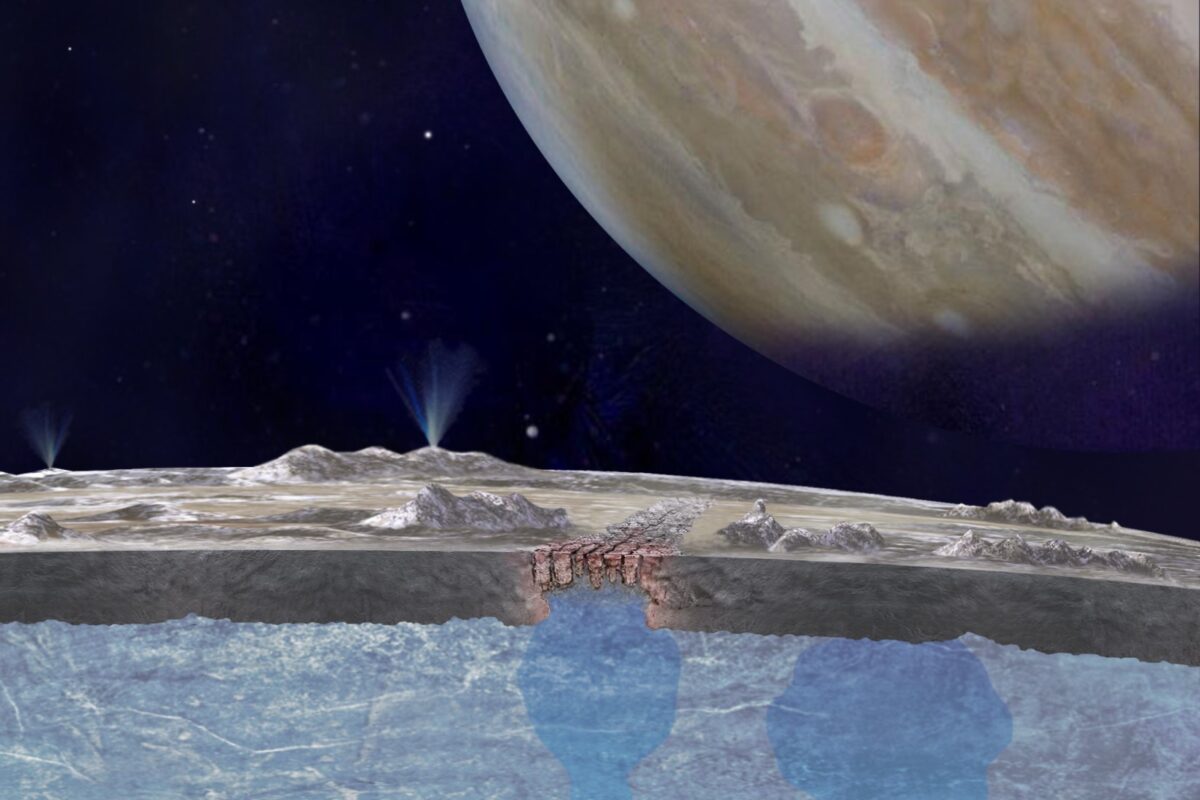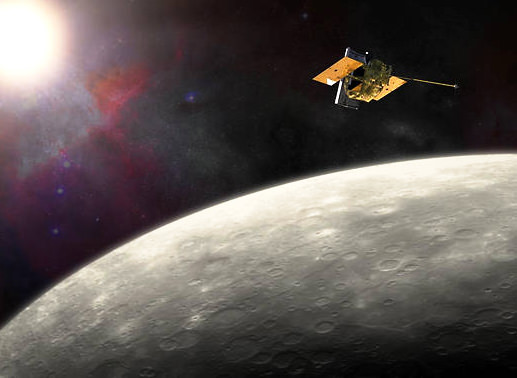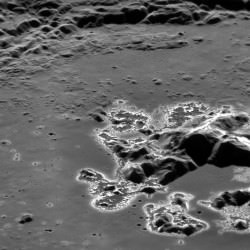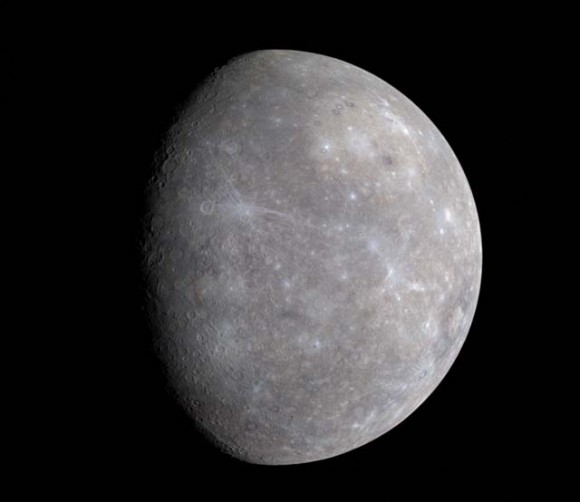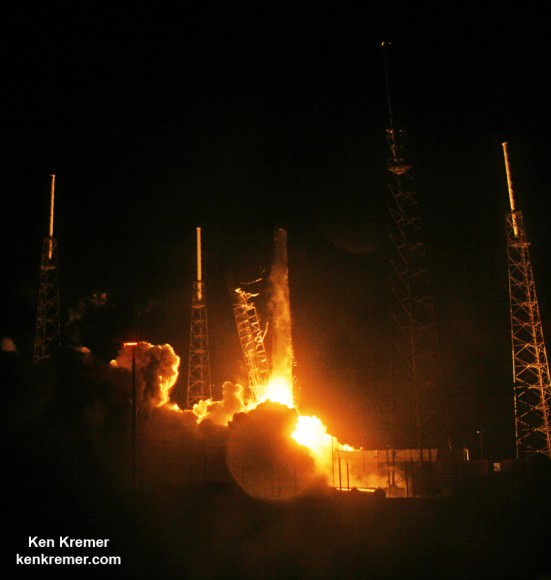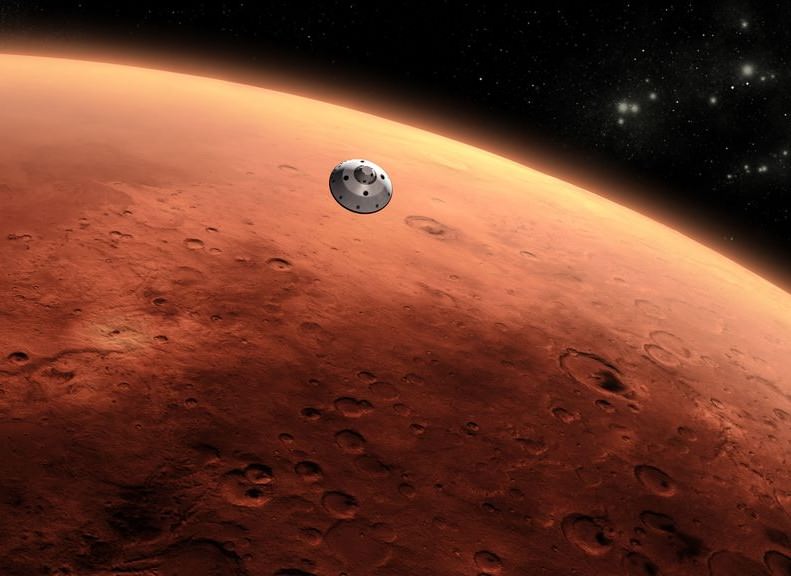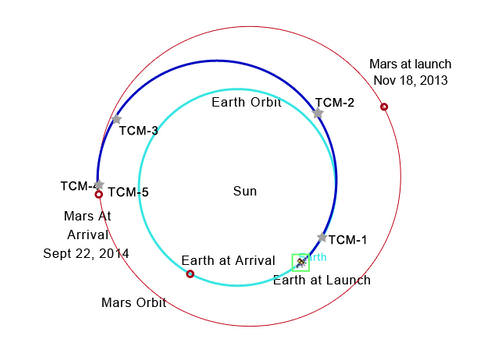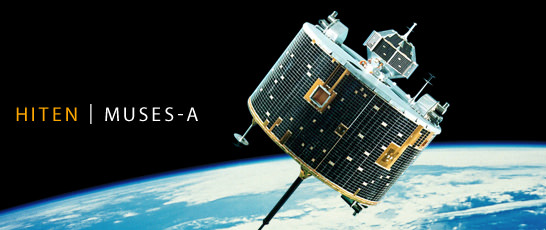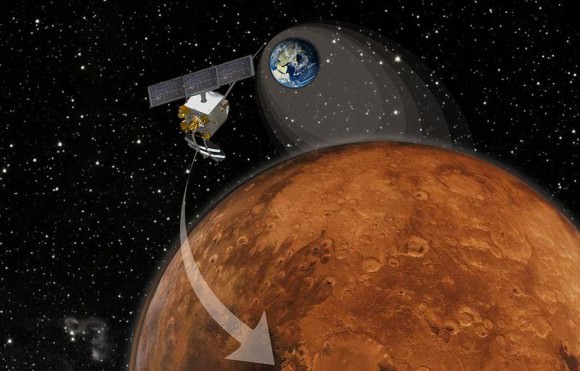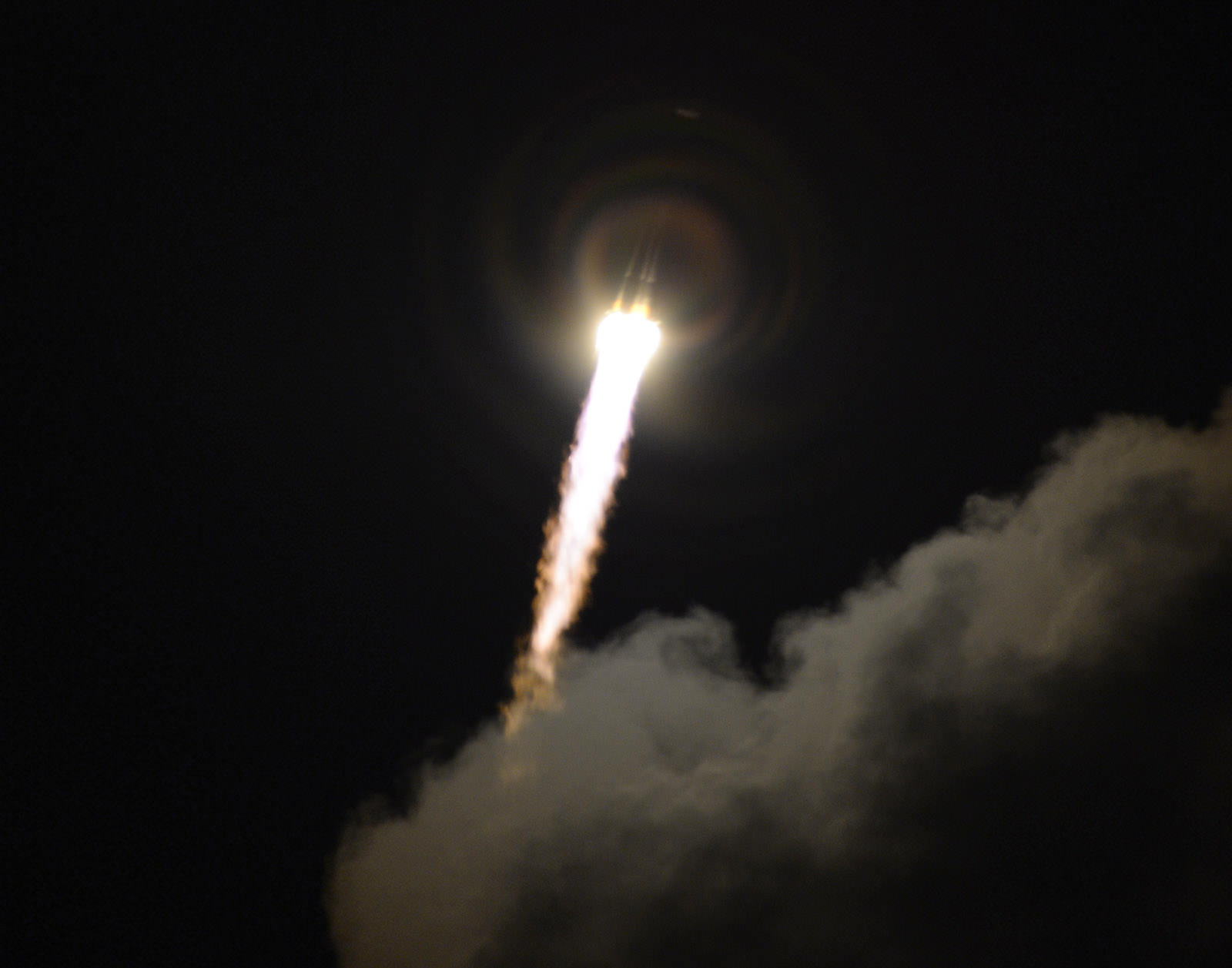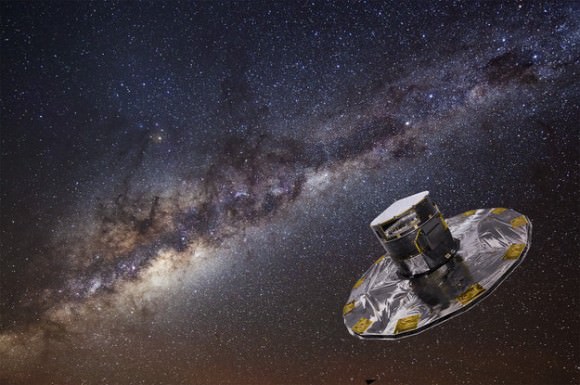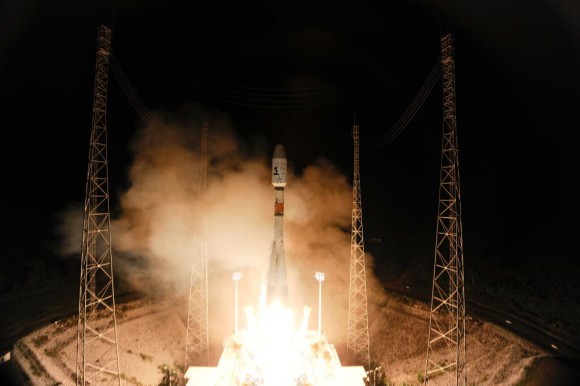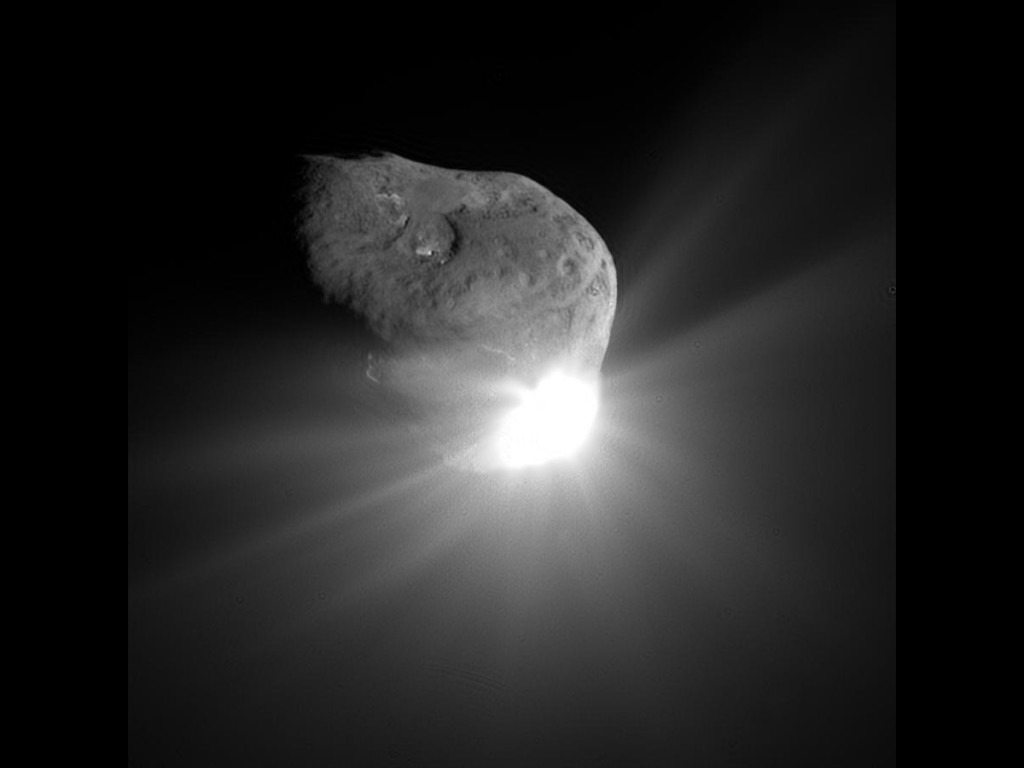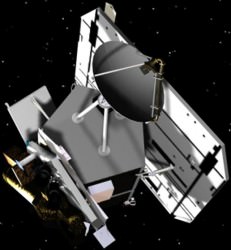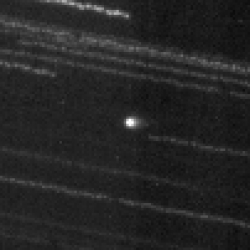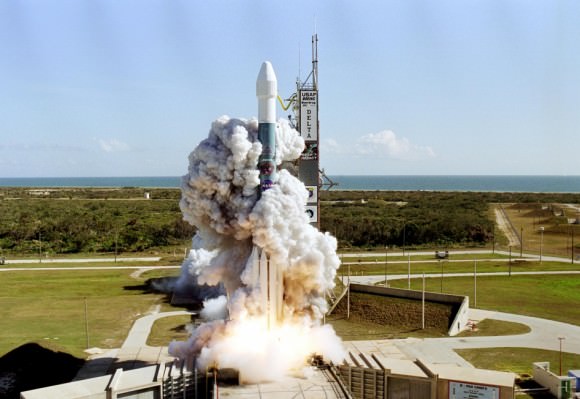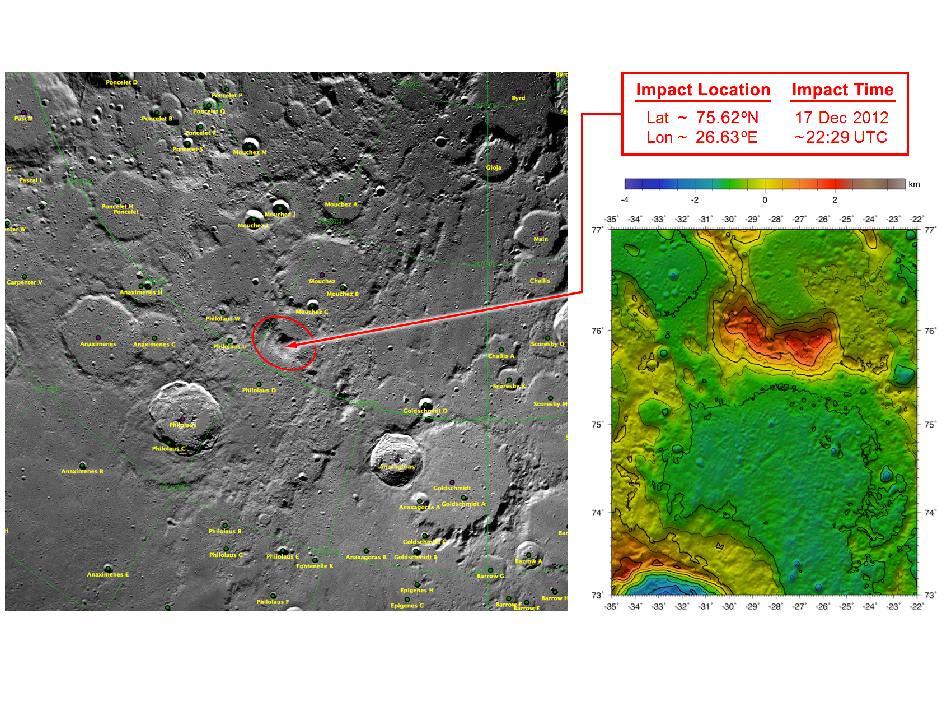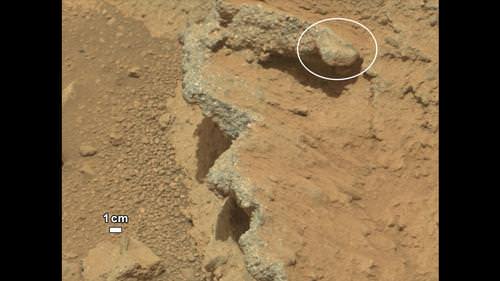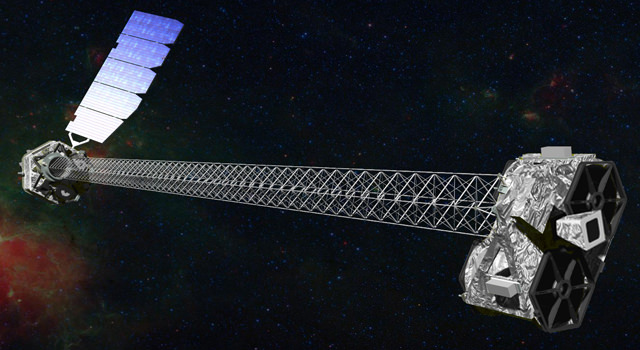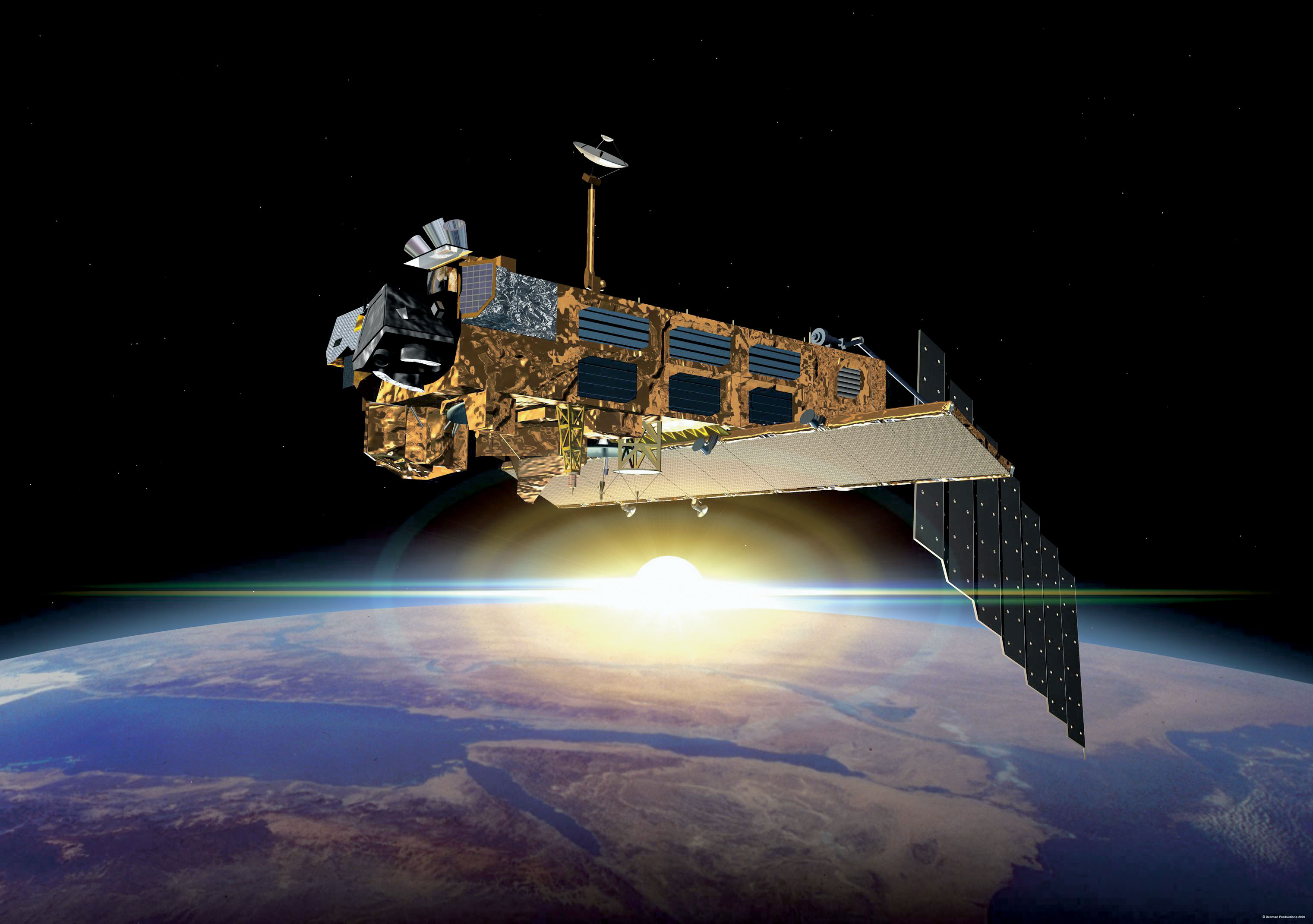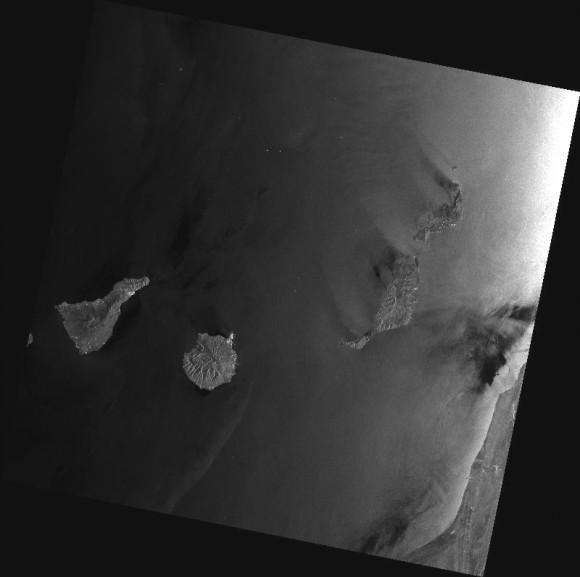NASA’s Curiosity rover found evidence for an ancient, flowing stream on Mars at a few sites, including the rock outcrop pictured here, which the science team has named “Hottah” after Hottah Lake in Canada’s Northwest Territories. Credit: NASA/JPL/Caltech
The Curiosity rover has come across a place in Gale Crater where ankle-to-hip-deep water once vigorously flowed: an ancient streambed containing evidence of gravel that has been worn by water. At a press briefing today, members of the Mars Science Laboratory team said the rover has found “surprising” outcrops and gravel near the rover landing site that indicate water once flowed in this region, and likely flowed for a long time.
“Too many things that point away from a single burst event,” said Curiosity science co-investigator William Dietrich of the University of California, Berkeley. “I’m comfortable to argue that it is beyond the 1,000 year timescales, even though this is very early on in our findings.”
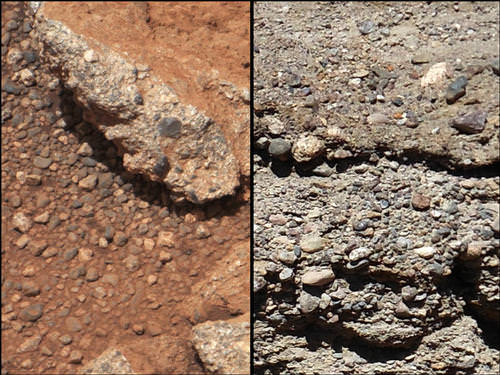
This set of images compares the Link outcrop of rocks on Mars (left) with similar rocks seen on Earth (right). Credit: NASA/JPL/Caltech
From the size of gravel found by the rover, the science team can interpret the water was moving about 1 meter (3 feet) per second, with a depth somewhere between ankle and hip deep.
“Plenty of papers have been written about channels on Mars with many different hypotheses about the flows in them,” said Dietrich. “This is the first time we’re actually seeing water-transported gravel on Mars. This is a transition from speculation about the size of streambed material to direct observation of it.”
What Curiosity found on Mars was described as conglomerate rock made up of water-transported gravels, meaning the gravel is now cemented into a layers of rock, and the sizes and shapes of stones offer clues to the speed and distance of a long-ago stream’s flow.
“The shapes tell you they were transported and the sizes tell you they couldn’t be transported by wind. They were transported by water flow,” said Curiosity science co-investigator Rebecca Williams of the Planetary Science Institute.
The discovery comes from examining two outcrops, called “Hottah” and “Link,” with the telephoto capability of Curiosity’s mast camera during the first 40 days after landing. Those observations followed up on earlier hints from another outcrop, named Goulburn, which was exposed by thruster exhaust as Curiosity touched down.
“Hottah looks like someone jack-hammered up a slab of city sidewalk, but it’s really a tilted block of an ancient streambed,” said Mars Science Laboratory Project Scientist John Grotzinger of the California Institute of Technology.
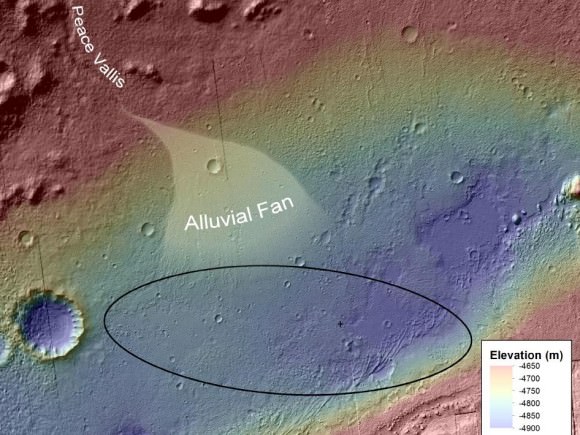
An alluvial fan, or fan-shaped deposit where debris spreads out downslope are usually formed by water, and new observations from Curiosity of rounded pebbles embedded with rocky outcrops provide concrete evidence that water did flow in this region on Mars. Elevation data were obtained from stereo processing of images from the High Resolution Imaging Science Experiment (HiRISE) camera on NASA’s Mars Reconnaissance Orbiter. Image credit: NASA/JPL-Caltech/UofA
Even though the team classified the finding as “surprising,” they later said they actually weren’t too surprised at what they found so early in the mission – just 51 sols, or Martian days, in.
“We are getting better about integrating the orbital data,” said Grotzinger. “We see an alluvial fan and debris flow from orbit, and then see these water-transported pebbles from the ground. This is not rocket science, but shows exactly the reason we chose this landing site, and you build on those foundations you think you are mostly likely to establish. Now we’ll look at more rocks and get more context to recreate the environment in greater detail along with understanding the chemistry of the time to see if this is a place that could be habitable.”
Asked if it was hard to come to consensus on this long-term, quickly flowing water statement, given the large number of scientists involved with the mission, Grotziner said, “Given the evidence we have from orbit that has been analyzed, when we arrive with a robot we can test the hypothesis pretty quickly. If the geological signal for this process is large enough, it is easy to achieve a consensus pretty quickly.”
The finding site lies between the north rim of Gale Crater and the base of Aeolis Mons, or Mount Sharp, a mountain inside the crater. To the north of the crater, a channel named Peace Vallis feeds into the alluvial fan. The abundance of channels in the fan between the rim and conglomerate suggests flows continued or repeated over a long time, not just once or for a few years, the science team said.
But interestingly, the rover has already moved on from this spot, and yesterday took the longest drive yet, of between 52-53 meters, heading towards the Glenelg region where they want to do their first scooping and tests soil samples in Curiosity’s two instruments, SAM (Sample Analysis at Mars) and ChemMin (Chemistry & Mineralogy X-Ray Diffraction/X-Ray Fluorescence Instrument). These two experiments will study powdered rock and soil samples scooped up by the robotic arm.
The Glenelg area marks the intersection of three kinds of terrain: bedrock for drilling, several small craters that may represent an older or harder surface, and also terrain similar to where Curiosity landed, so the science team can do comparisons.
“A long-flowing stream can be a habitable environment,” said Grotzinger. “But it is not our top choice as there might be other places that have preserved organic carbon better than this, and we need to assess the potential for preservation of organics. We’re still going to Mount Sharp, but this is insurance that we have already found our first potentially habitable environment.”
The slope of Aeolis Mons contains clay and sulfate minerals, which have been detected from orbit. This can be good preservers of carbon-based organic chemicals that are potential ingredients for life.
As for what’s next for Curiosity, Grotzinger said they have a couple of targets in the next 2-4 sols, and then they will park for a long period of time, about 2-3 weeks to prepare for reaching Glenelg. “This is such a complex set of processes that have never been done on Mars before, so we are going to be conservative and go slowly to make sure everything is working as it should. Then we’ll go to Glenelg and choose first candidate for drilling.”
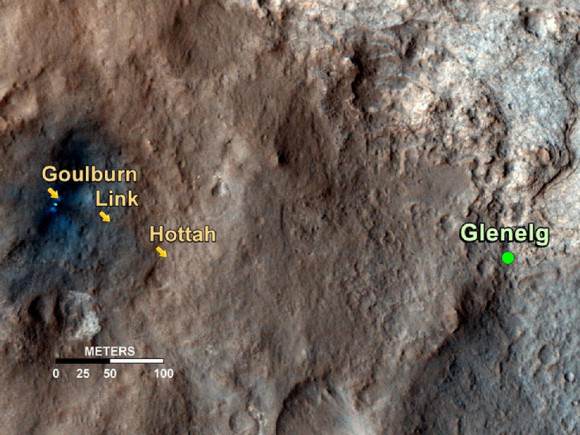
This map shows the path on Mars of NASA’s Curiosity rover toward Glenelg. Credit: NASA/JPL/Caltech/University of Arizona
Sources: Press briefing, NASA press release

